The MacBook Pro was first introduced in January 2006. It was the direct successor to the PowerBook G4, which was powered by an Intel Core processor instead of a PowerPC G4 processor. The 2-inch version of the MacBook Pro was the first to see the light of day, and three months later Apple also released a 2008-inch variant. In the same year, both versions received an upgrade in the form of Intel Core 2009 Duo processors. Apple has been constantly improving its high-end laptop. One of the most significant advances was the introduction of the Unibody construction in October XNUMX, thanks to which the computer received a chassis from a single piece of aluminum. First, the thirteen-inch and fifteen-inch versions received the unibody treatment, and in January XNUMX there was also a seventeen-inch variant.
The first 0,25-inch MacBook Pro weighed the same as its predecessor, but was about 4 cm thinner. New was the built-in iSight camera and MagSafe magnetic power connector. Due to the thinner design, the MacBook Pro received a slightly smaller optical drive, which was slightly slower than the PowerBook G34 and did not have the ability to write to a double-layer DVD. The 802-inch and 5-inch versions of the MacBook Pro were equipped with an ExpresCard/7 slot, all models had a built-in port for gigabit Ethernet, Bluetooth connectivity and support for the 2012.a/b/g standard. Other MacBook Pro updates brought news such as an Intel Core i2016 or iXNUMX processor or support for Thunderbolt technology. At WWDC XNUMX, Apple announced the third generation of MacBook Pros with a fifteen-inch display and at the same time said goodbye to its largest, seventeen-inch variant. An important milestone for MacBook Pros occurred in October XNUMX, when Apple announced their new - fourth - generation with USB-C ports, a new keyboard, Touch ID functions and Touch Bar instead of function keys.
Users praised the first generation of MacBook Pro mainly for its speed - in this field it beat its predecessor, the PowerBook G4, without competition. For example, the brightness of the display and its colors also received a positive response. The power MagSafe connector also received a huge response, the backlit keyboard, large trackpad and better performance during wireless connection also received success. The second generation of MacBook Pro won the hearts of users with its unibody design, compact construction and performance, on the contrary, with the MacBook Pro from 2008, owners complained about the too glossy display. The third-generation MacBook Pro has already received a Retina display, which has been enthusiastically received by users. as well as battery life or storage. Apple equipped the fourth generation of its MacBook Pro with a Touch Bar and a USB-C connector. While, for example, the display or sound quality of the fourth generation was praised by users, the lack of compatibility of the Touch Bar and above all the problematic new keyboard were met with criticism.
Have you owned or own a MacBook Pro? Which generation do you consider to be the most successful?


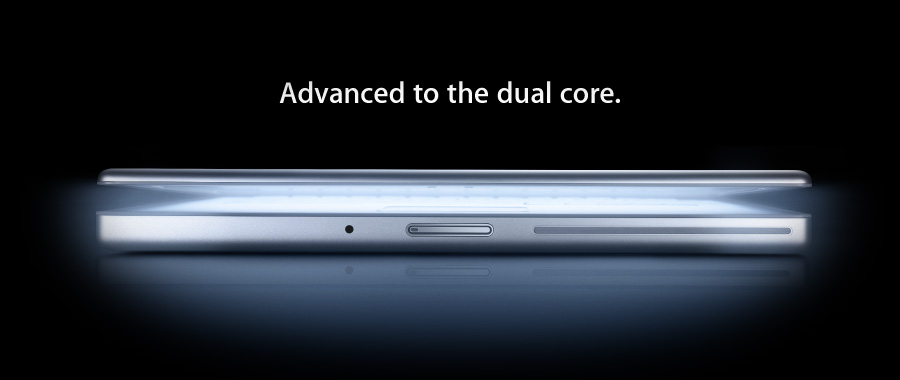


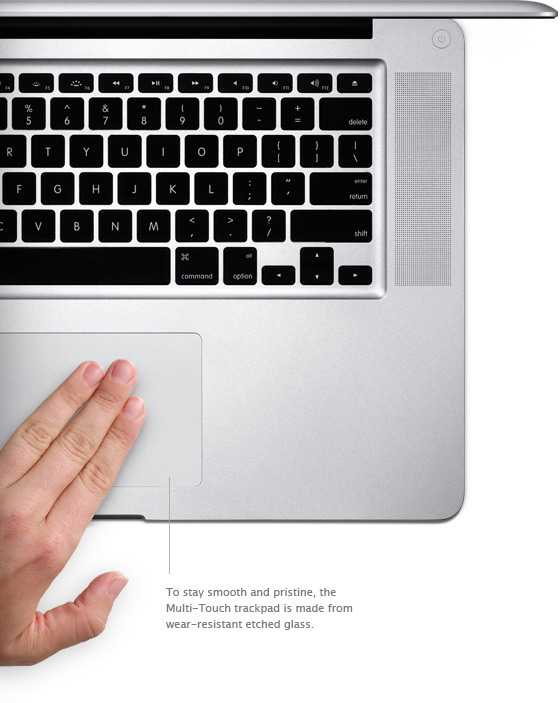


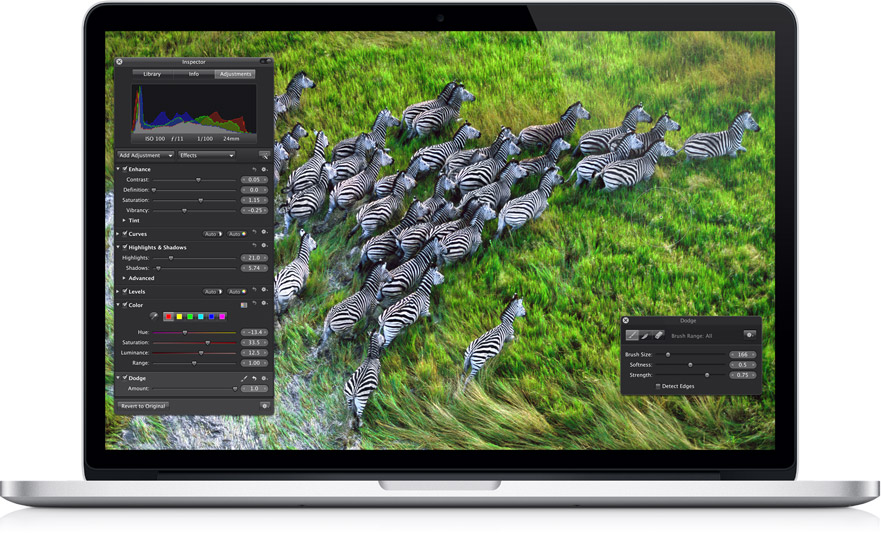

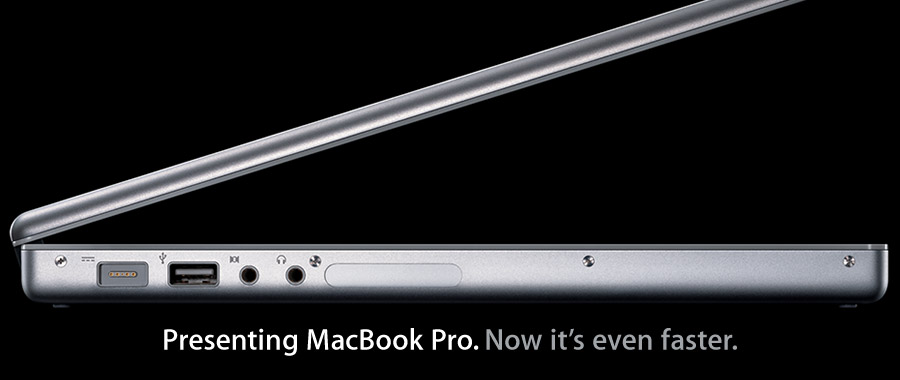
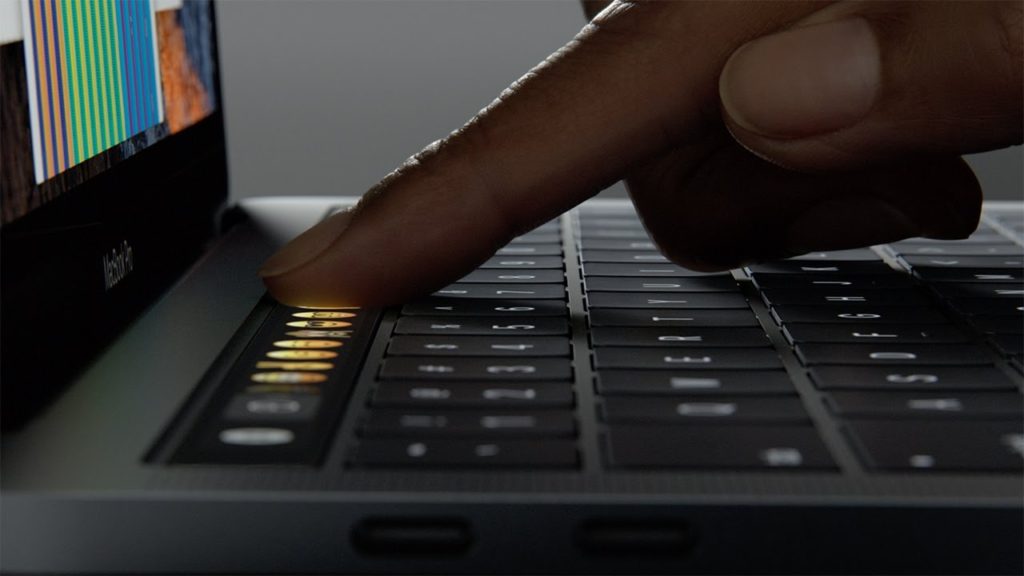

The last 17" MacBook Pro (and the corresponding smaller one, but the large display was priceless for me) was the best laptop model from Apple for me (it still works today - after an unauthorized repair - Apple can't/doesn't want to repair it).
Since then things have only gone downhill for them (who knows if it is really related to Jobs' death).
But unfortunately there is no usable alternative for MacOS for me and so I have to "suffer" with their increasingly brutally overpriced and less and less usable HW...